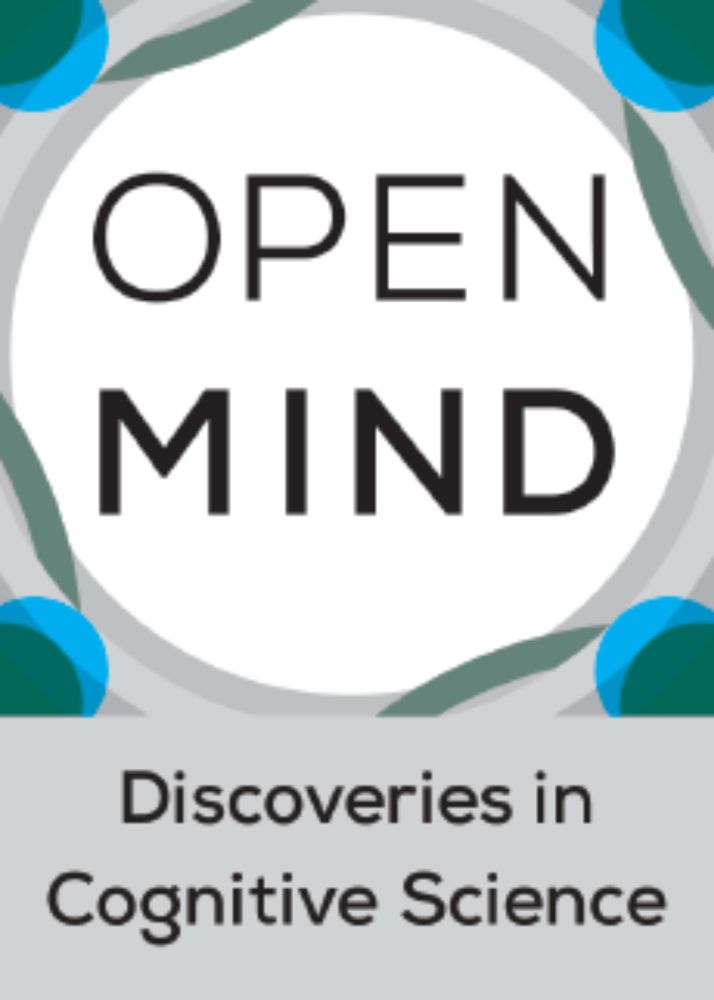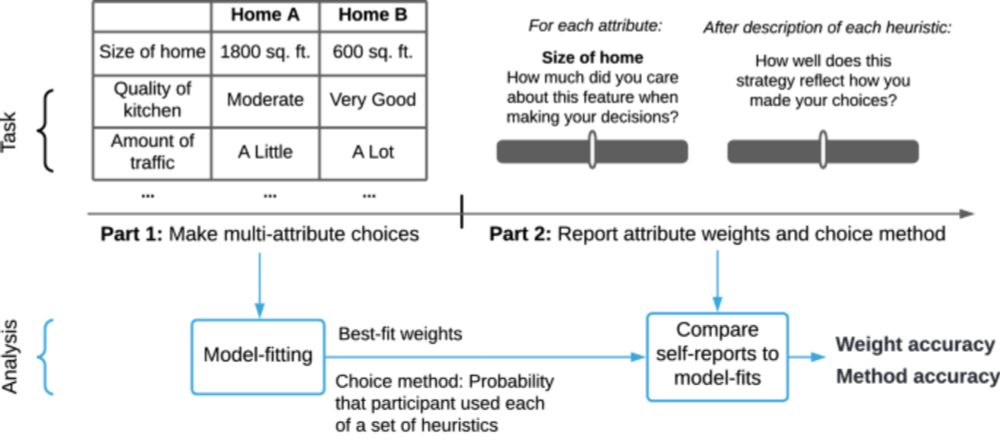Adam Morris
@thatadammorris.bsky.social
240 followers
4 following
14 posts
Cognitive science postdoc at Princeton, studying the hidden processes underlying decision-making and our ability to become aware of them.
Posts
Media
Videos
Starter Packs
Adam Morris
@thatadammorris.bsky.social
· May 28
Adam Morris
@thatadammorris.bsky.social
· May 28
Adam Morris
@thatadammorris.bsky.social
· May 28
Adam Morris
@thatadammorris.bsky.social
· May 28

Invisible Gorillas in the Mind: Internal Inattentional Blindness and the Prospect of Introspection Training
Abstract. Much of high-level cognition appears inaccessible to consciousness. Countless studies have revealed mental processes—like those underlying our choices, beliefs, judgments, intuitions, etc.—w...
direct.mit.edu
Adam Morris
@thatadammorris.bsky.social
· Apr 30
Adam Morris
@thatadammorris.bsky.social
· Apr 30
Adam Morris
@thatadammorris.bsky.social
· Apr 30
Adam Morris
@thatadammorris.bsky.social
· Apr 30
Adam Morris
@thatadammorris.bsky.social
· Apr 30
Adam Morris
@thatadammorris.bsky.social
· Apr 30

Introspective access to value-based multi-attribute choice processes - Nature Communications
People routinely choose between multi-attribute options, such as which movie to watch. Here, the authors show people often have accurate insight into their choices, challenging the notion that people ...
www.nature.com
Adam Morris
@thatadammorris.bsky.social
· Oct 13


